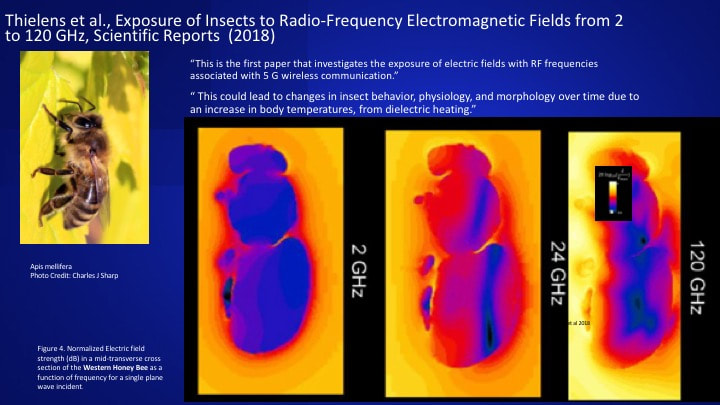What is the safest distance from your 5G cell Tower?

If safe distance to live from cell phone tower 've ever wandered through a town you might have noticed tiny 5G cell towers on street light poles. They appear like tiny boxes, but they're actually broadcasting wireless signals from cellular providers to your phone.
These smaller towers are replacing larger, purpose-built cell towers. Although what is a safe distance from a cell tower 're not as visible however, they could create problems for those who live nearby.
It is the of the FCC's Radiation Exposure Thresholds

The FCC's Radiation Exposure Thresholds determine the safe limit at which a person can be exposed to electromagnetic radiation from wireless devices. The exposure limits are based on scientific data that show that RF energy could cause harm to health.
The rate of absorption called the specific absorption rate (SAR) is an indicator of the radiofrequency energy absorption by tissues. It's typically 1.6 milliwatts per kilogram spread over a Gram of tissue.
However, because 5g transmits at higher frequencies this could be able to cause greater energy intensity on the skin as well as other body parts. This can lead to a wide range of potential harms, including exacerbated appearance of skin disorders such as dermatitis, skin cancer and cataracts.
Due to the potential for harmful effects of radiation from 5G, PSU has chosen to set a general localized maximum power density of four MW/cm2 averaged on 1cm2, but not to exceed 30 minutes, for all 5G services running at 3000 GHz. This limit for localization is in line with the maximum SAR that is spatially averaged at 1.6 W/kg, averaged over one g of tissue at 6 GHz.
The FCC's Maximum Exposure Thresholds
If you've ever used a mobile phone, you probably know that a safe location from the tower should be at least 400 meters away. This is because the power of the transmission of the cell tower is significantly increased the further the tower is.
Although this may sound like an ideal idea however, people who live close to towers might be more prone to health problems. For instance, a study conducted in 2014 in India discovered that people who lived within 50 meters of cell towers had significantly more health complaints than those living further away from the antennas.
But, the study showed that residents who moved into areas farther away from cell towers experienced their symptoms return to normal within a couple of days. what is a safe distance from a 5g cell tower have also demonstrated that exposure to extreme levels of radiofrequency electromagnetic fields (EMFs) could cause brain tumors, cancer as well as other health issues.
This is because the RF radiation used in wireless communication, can penetrate the human body's exterior layer, which is the skin. This is important to understand because the skin serves as a protective barrier against injuries caused by mechanical forces, infections caused by pathogenic microorganisms and the entry of harmful substances. It is also the biggest organ in the human body, and is responsible for maintaining the integrity of other organs.
The FCC's Minimum Exposure Thresholds for the Minimum Exposure
The FCC's Minimum Exposition Thresholds are based upon numerous assumptions that are not supported by scientific evidence. They include the incorrect belief that short-term exposures RF radiation are safe due to the limited absorption into body (i.e., tissue heating).
This assumption does not take into account the more extensive penetration of ELF components of modulated RF signals, as well as the consequences of brief bursts of heat from pulsed RF waves. These assumptions are not in line with current understanding of the biological effects of RF radiation, and thus they shouldn't be relied upon for health-protection exposure standards.
Additionally to that, ICNIRP and FCC limit the maximum limits of exposure to peak local SARs that are based on the peak spatial specific absorption rate (psSAR) which is an inadequate dosimetric tool for determining the level of exposure to RF radiation. Particularly, psSAR is inaccurate when frequencies exceed 6 GHz. In addition, psSAR is not been tested for RF radiation that is exposed to other environmental agents , such as sunlight. The interactions of RF radiations with different agents in the environment could result in antagonistic or synergistic effects. This would result in the risk of having adverse health effects. For example, co-exposure to RF radiation along with exposure to sunlight can cause an increase in the incidence of skin cancer, as well as aggravate other skin conditions like acne.
